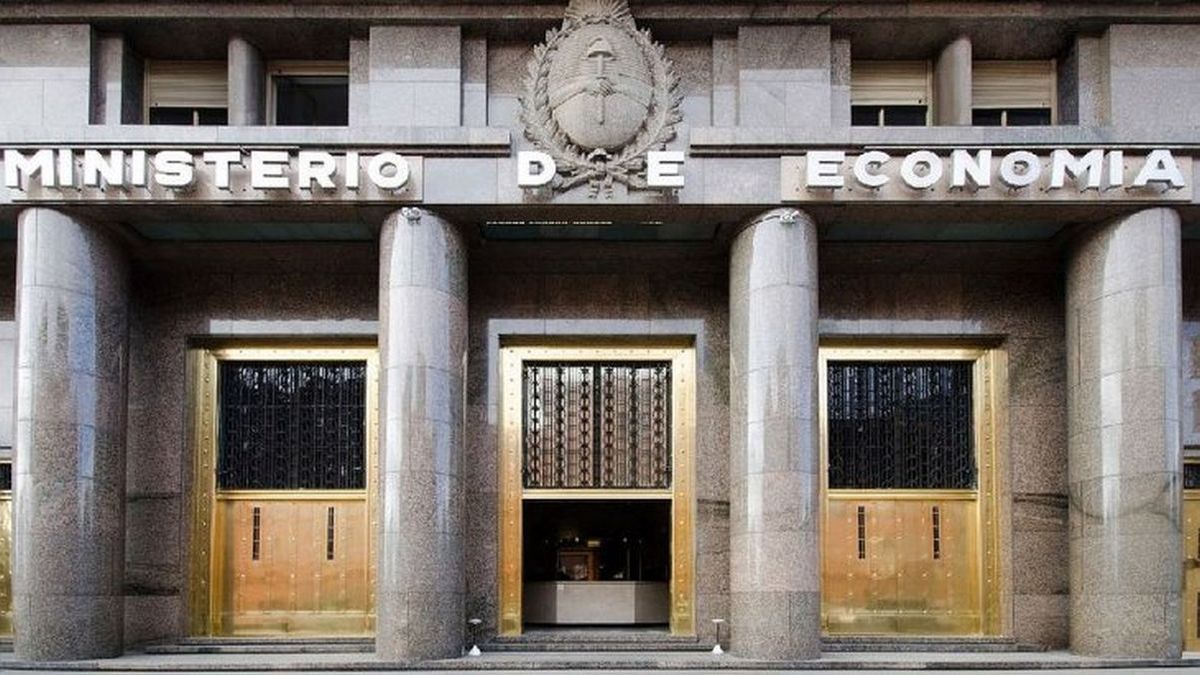Banks’ exposure to public sector financing grew again in April, in step with the official strategy of making them migrate from remunerated debt of the Central Bank to Treasury bonds. Thus, the weight of securities issued by the Ministry of Economy in the total assets of financial entities has already exceeded 28%. For May, an even more significant jump is expected.
This Wednesday, the Central Bank published its April Bank Report. There, the upward dynamics of the exposure of financial entities to Treasury risk is reflected. Its weight in banks’ assets increased almost 12 points in one year: it went from representing 16.4% of the total in April 2023 to 28.1% in the same month of 2024.. It also grew compared to March, when it covered 27.1%.
The explanation is found in the debt handrail that the economic team implemented from the BCRA to the Treasury., as a way to promote the disarmament of the remunerated liabilities of the monetary authority. In other words, encourage banks to dismantle their overnight repo position and enter the tenders of the Ministry of Finance.
image.png
That is why the Central report reflects, on the other hand, a drop in the participation of BCRA repos in the total assets of banks up to 23% in April of this year. In March, they represented 23.5% and twelve months ago, 32.7% (between passes and the now defunct LELIQ).
The truth is This process worsened in May, month in which the Government decided to accelerate the debt handrail strategy. And it implemented a set of measures: the BCRA lowered its interest rate again, Economía offered short-term fixed rate bills (LECAP) with guaranteed minimum returns and these LECAPs were exempted from the regulatory limits on public sector financing that they have. the banks by up to the amount that they reduced their holdings of repos.
Thus, last month the stock of BCRA repos was reduced by $14.2 billion, going from $32.7 billion on the last day of April to $18.5 billion at the end of May. Most of these pesos went to the new Treasury debt, which in net terms increased by $11.9 billion during the same period, with shorter issuance terms that implied a weakening of the treasury’s financial position. These movements in May will be reflected in an even more important jump in the weight of Treasury securities in banks’ assets when the next Central report is known. In June, for the moment, migration was paused.
Banks: financing to the private sector
In addition to pass holdings, In April, bank financing in pesos to the private sector continued to reducealthough the decline was attenuated compared to previous months.
“The balance of financing for families and companies in national currency decreased 1% in real terms between the ends of the month (+7.7% nominal), a variation that has been limited in recent months. The monthly performance was heterogeneous among credit assistance, with increases in real terms in consumer lines (4.3% personal and 1.8% cards), as well as in advances (1.7%), and reductions in the rest,” stated the BCRA report. In year-on-year terms the drop was 33.6%.
Regarding its participation in the banks’ total assets, credit in pesos to the private sector went from 18.9% in March to 18.7% in April. A year ago it represented 25.3%.
What did grow strongas Ámbito told, were bank loans in foreign currency. “At the aggregate level, credit to the private sector in foreign currency increased during the month 17.3%; 29.6% in national private banks; 19.8% in public ones and 10.5% in foreign private ones (in all cases, in currency of origin). The monthly performance was explained by credits implemented via documents and pre-financing for exports. Thus, the balance of loans to the private sector in foreign currency of all entities grew 40.1% compared to April 2023, dynamism driven by private banks,” the BCRA detailed.
This dynamic helped the Central Bank to buy foreign currency during the months of March, April and the first half of May. It happens that the companies that access these credits are obliged to liquidate the dollars, which added supply in the official market. However, credit in foreign currency stagnated in the second half of May and was one of the factors that complicated the recomposition of reserves so far in July.
Source: Ambito
I am a 24-year-old writer and journalist who has been working in the news industry for the past two years. I write primarily about market news, so if you’re looking for insights into what’s going on in the stock market or economic indicators, you’ve come to the right place. I also dabble in writing articles on lifestyle trends and pop culture news.




